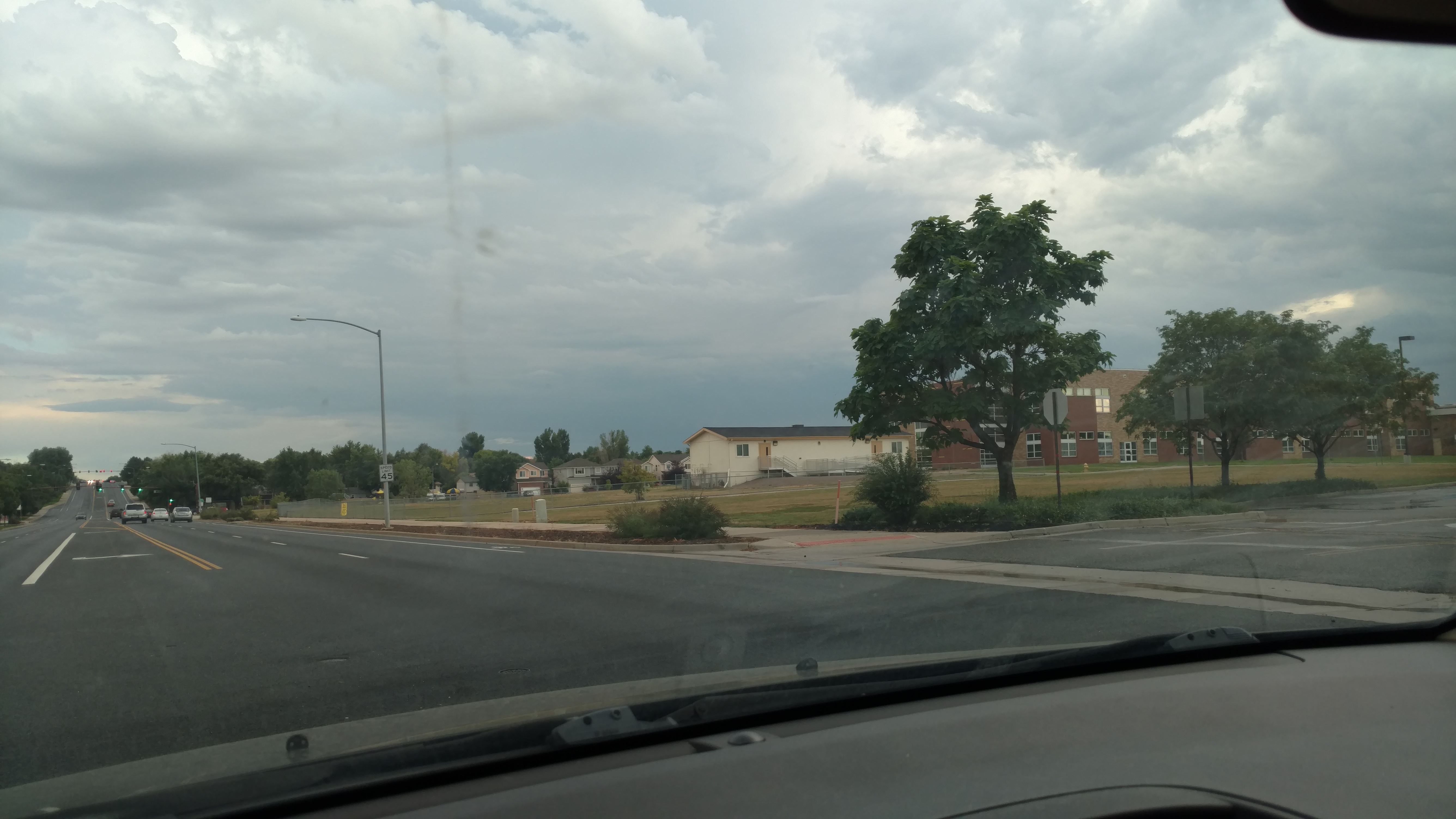
Uploaded on 2017-01-06 by Hannah Bessett
1. Check the temperature differences in US cities. In this first part of the exercise, we would like you to follow the link to the Climate Central website and check the temperature differences that have been recorded in US cities and their surrounding rural areas due to UHI effect. 2. Which are the main UHI effects that you can identify in your area? Now that you saw the significant effect of UHI in the US cities, can you provide data and information for your own place of residence? In addition to that, we want you to provide two images; the first one of a city and the second one of its surrounding rural area (preferably one of those areas is your place of residence). Compare the two images in terms of reasons that contribute to the UHI effect of the city. I had quite a bit of difficulty locating data regarding my particular place of residence, especially since there is not really an urbanized zone versus a rural region; it is either suburban or small, isolated farmland. That being said, the town is relatively close to Denver, Colorado, which the site has plenty of information on. In fact, it shows one of the most dramatic increases in temperature in the highly developed areas as opposed to the less populated ones, ranking number three among all major cities in the United States. There is an average of five degrees increase in heat, but it has gone up to twenty-three in the past. I believe the main contributor to this are the densely woven streets and masses of apartments. The cars produce a ton of heat energy as well as contribute to pollution. The energy from cooled machines also has a detrimental effect. 3. Which are the measures you would propose? If you could take part in the decision-making process of an initiative related to the UHI effect, which are the measures that you would propose in order to reduce it and provide a more livable environment to the citizens? The two main things I would do would be to improve the public transit system and then possibly try to implement an improved model of cooling mechanisms. If the bus network was safer, more widespread, and quicker, hopefully people would not feel the need to drive individual vehicles and therefore cut down on the large amount of greenhouse gas emissions. Better, less energetically demanding air conditioners would have a dual effect, as it would ideally decrease the demand for constant use as well as minimize its contribution to urban heat islands in the first place. Although I had not considered the usefulness of using white roofing until I began to read the information on the site given to us, I certainly think that that would be a huge help as well. Lastly, perhaps utilizing the farmland to house renewable energy gatherers may soothe the dramatic fluctuations between the different areas. 4. Is UHI effect concerning policy making in your area? Do you know of policies in your community that are planned to reduce the UHI effect? Provide us with information regarding any visible results. Although I have been discussing Denver for the last two questions, I want to be clear that this answer will be focused more on Thornton, which is where I actually see these changes being implemented. For instance, there is a program dedicated to building zero energy schools that has started to take root here and in the surrounding regions. Not only are the buildings themselves built to be 'green,' but the instructors are going to teach their students about decreasing the severity of these heat islands. On the flip side, this appears to be the single measure that has appeared in the public eye in recent time. There is also a possibility of city officials introducing a Topgolf course in my town. It would be a detrimental move rather than a positive one, as this company is known for creating large amounts of noise and light due to its clientele.